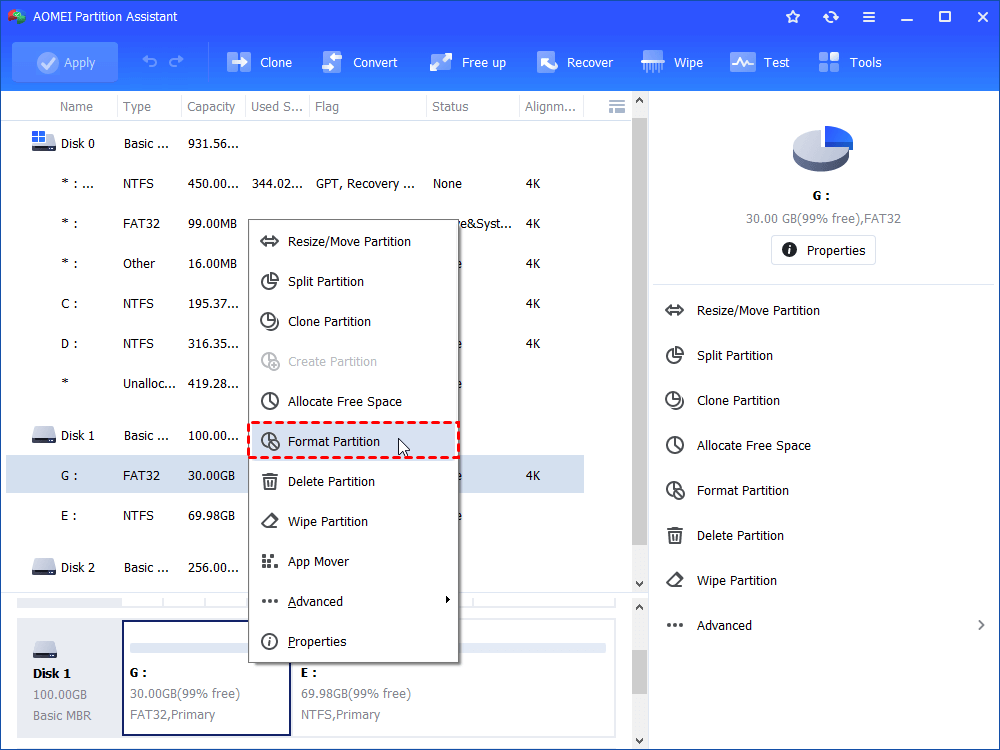
Choose your SSD from the list as the first boot drive, then head back to the BIOS's main menu to exit, saving your settings. These will be in a different spot depending on your computer, but once you find them, select the option to change the boot sequence. (This may not be necessary on laptops with just one drive, but if you experience problems booting, it can help on some PCs.) Turn your computer on and enter its BIOS/UEFI setup-this is a bit different on every PC, but it'll usually say something like "Press DEL to enter setup" on the boot screen, so you'll want to press the corresponding key as it starts up.įrom there, look for your BIOS's boot options. Once you're finished installing the SSD, you'll need to tell your computer to boot from it. Once the drive has been initialized, you should see the drive show up in the bottom pane of Disk Management as unallocated space. See our guide to troubleshooting a hard drive that won't show up for more. If you aren't prompted to initialize the drive, and don't see it in Disk Management, double-check that it's properly connected to your computer, and that the enclosure or dock is powered on (if necessary). If you aren't sure, look up your specific model of PC or motherboard to see which type of firmware it uses. If you have an older PC with a traditional BIOS, you may need to use an MBR partition table. I'll be using GPT for my SSD, since I have a modern PC with a UEFI firmware. It will prompt you to initialize the drive using either the GPT or MBR partition table.

Click the Create and format hard disk partitions option, and Disk Management will open. Open the Start menu and type "partitions" in the search box. If it's a brand-new drive, you probably won't see the drive pop up in File Explorer, but don't worry it just needs to be initialized first. Plug your SSD into the SATA-to-USB adapter, then plug that into your computer.

How to Free Up Space on Your iPhone or iPad.How to Block Robotexts and Spam Messages.


 0 kommentar(er)
0 kommentar(er)
